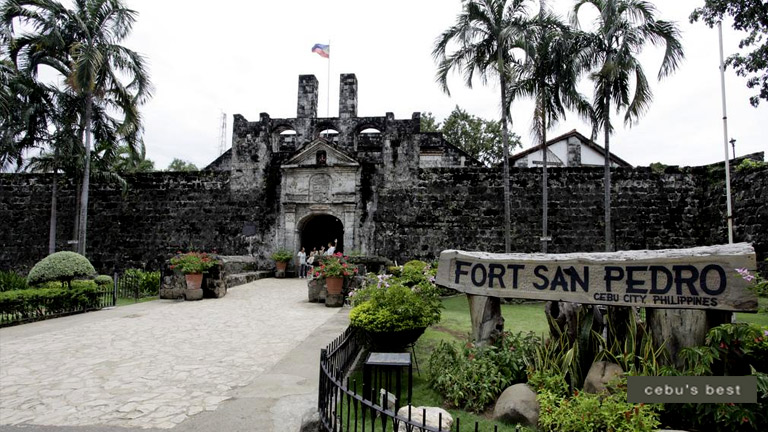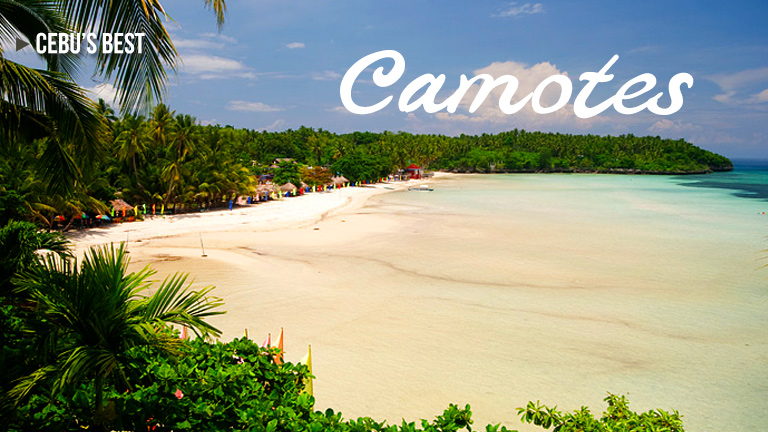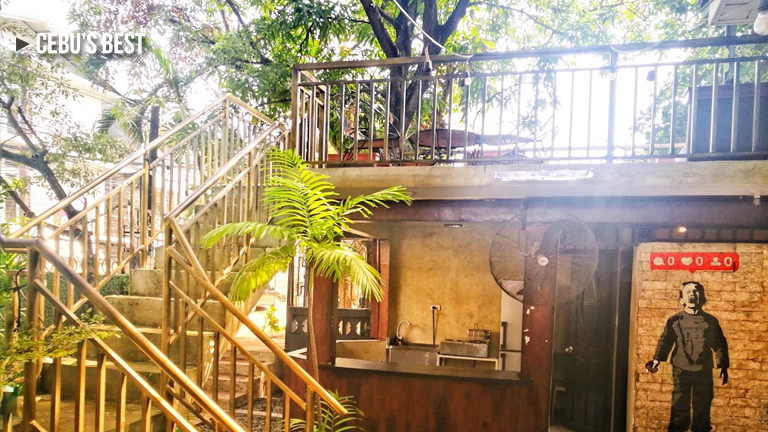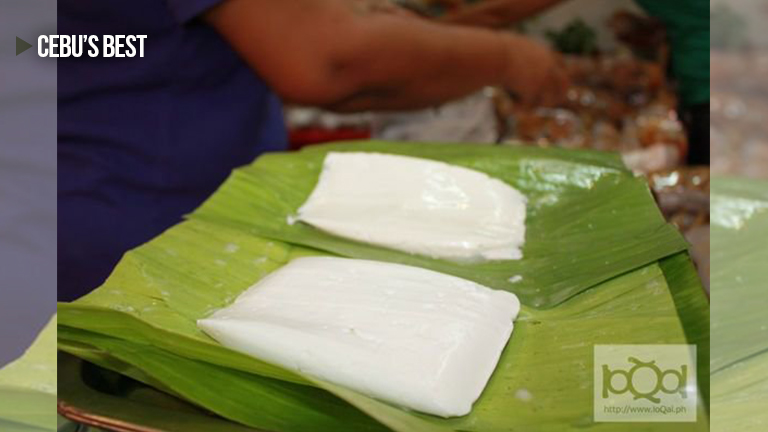
We often pass by Plaza Independencia, but we’d always fail to notice a fort erected inside. So why is it there?
Fuerza de San Pedro or most commonly called Cebu Fort San Pedro, is a military defense structure that was built in 1565 during the Spanish era.
The fort was originally made of wood and built after the arrival of Spanish explorer Miguel López de Legazpi. (He came 4 years after Magellan). Lopez commanded the construction of the fort since he established himself the first governor of the Captaincy General of the Philippines.
In the early 1600’s, the wooden fort was replaced with stone to repel Muslim raiders. Then in 1738 after adding more renovations to the fort, it finally finalized its look and still looks the same today.



Is the oldest triangular shaped fort in the country. It served as the nucleus of the first Spanish settlement in the Philippines. During the Philippine Revolution (late 1890’s), the fort was attacked and taken by Filipino revolutionaries, who used it as a stronghold.
Then in the early 1940’s, during World War II, the fort served as the fortification of the Japanese soldiers.
But that’s not all, Fort San Pedro’s history is much richer than you thought.
It also became part of the American Warwick Barracks during the American Regime (1898). During this period, Filipino revolutionaries fought with the Americans against the invading Japanese troops on the island.
In some parts of the 1930’s to 1940’s, the barracks were renewed and have been turned into schools where Cebuanos started their formal education, too. Then in 1945, the fort served as an emergency hospital.
Later than 1950, Fort San Pedro was an army camp till the Cebu Garden Club took over and fixed the inner part and was later converted into a mini garden. Some plants inside the fort came from Mexico which were brought by the Spaniards through their galleon ships.
